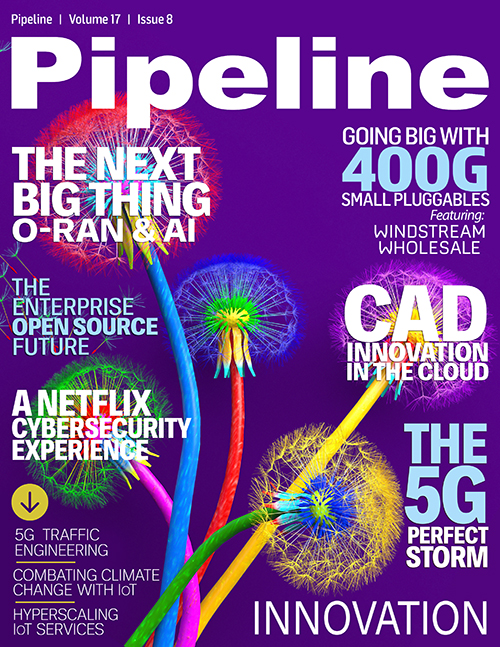Accelerating Innovation with Cloud CAD Collaboration
The Rise Emergency Ventilator is an outlier story, particularly because the core design team devoted three nearly sleepless (and unsustainable) 120-hour weeks to the effort. But the unprecedented achievement proved what’s possible when you eliminate the software barriers blocking CAD collaboration.
In another compelling example of innovation, OceanGate, a Seattle-based company that designs and manufactures submersible vehicles for deep sea exploration and adventure travel, is now moving ahead with plans to bring “citizen explorers” to survey the Titanic wreck site this summer. The company has been collaborating with NASA’s Marshall Space Flight Center in Huntsville, Alabama, to develop and manufacture a new aerospace-grade carbon fiber hull for its five-person explorer subs.
OceanGate’s core engineering team includes four engineers based in their Seattle office and another five contractors spread between four other states. Using cloud-based CAD, the engineers can not only work on the same design simultaneously, but they can also refer to an edit history that tracks who made what change and when. Using this history, the team can instantly revert back to any prior stage of the design if desired.“It’s really collaborative,” says Dan Scoville, OceanGate’s Director of Engineering and Marine Operations. “It’s also valuable for getting quick feedback from our CEO. We can both be in the model and he can say what he likes, what he doesn’t like, bring up issues and offer suggestions.”
Scoville recently told the National Association of Manufacturers that he estimates that using a SaaS design platform saves his company $60,000 to $70,000 a year in administrative costs. He attributes the savings to the reduced IT overhead of not having to maintain servers or have a full-time person managing a product data management (PDM) system for version control.
When the engineering team doesn’t have to worry about spending time on administrative tasks, they can devote more time to what they love to do most (and were hired to do): designing innovative products.
Expanding the talent recruitment pool
In today’s ever-changing business environment, agility has become the new competitive advantage. The most resilient companies are able to quickly pivot when needed, and achieving this flexibility requires the right culture and the right technology.
In addition to boosting collaboration and innovation, ultimately resulting in better products, companies that have adopted cloud-based CAD platforms are experiencing an unexpected dividend. Using cloud tools can also improve the quality of the product development team itself.Certainly, not every product development job can be done from home—many hands-on positions on the manufacturing floor immediately come to mind—but there are numerous design roles that are well-suited for remote work. Having the remote CAD collaboration tools to support these roles dramatically changes the recruitment and hiring process.
As your company grows, hiring the right talent is one of the most critical factors in determining success. Instead of limiting your candidate search to a 50-mile radius or expecting candidates to leave their homes and communities for better career prospects, your talent pool can now be expanded to every corner of the planet. This means that you don’t have to settle for the best engineers in your city when you can hire the best in the world—and drive innovation with cloud tools.



















